Walleye Fishing in the Pacific Northwest: Where and How to Catch Them
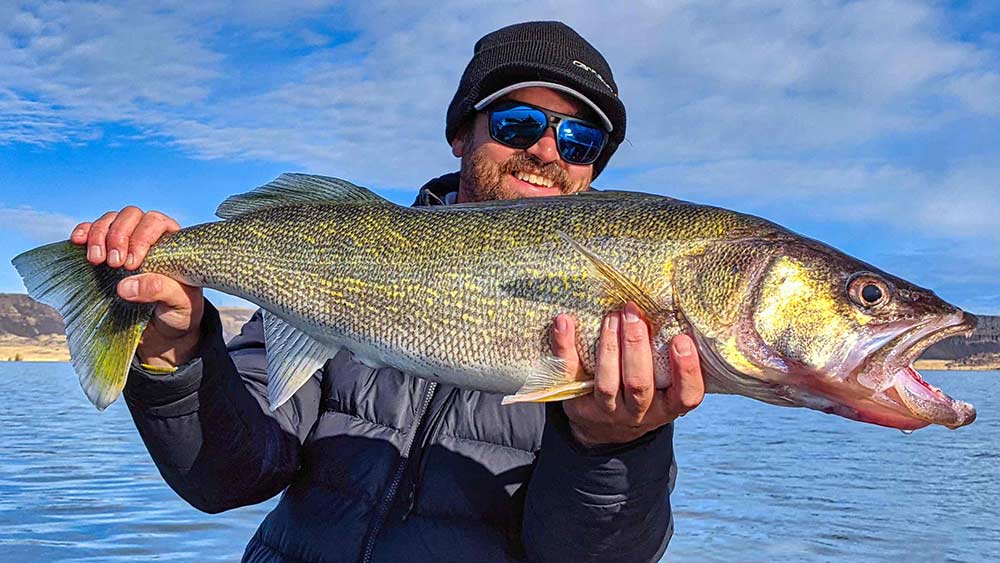
By Tyler Hicks - https://www.youtube.com/c/spiltmilt
Walleye were first introduced into the Pacific Northwest during the 1950s. Initially found primarily above the newly built Grand Coulee dam. Walleye quickly colonized the Columbia River, as far south as Portland, Oregon, and the many water impoundments of the Columbia Basin in Washington state.
The species continues its range expansion to this day up the Snake River into Idaho, the Willamette River in Oregon, and into north Idaho from rivers in western Montana with other independent introduction events.
The Columbia River has quickly become one of the world's premier trophy Walleye fisheries. The Washington state record, caught in 2014, tipped the scales at 20.3 lbs. Multiple fish in the upper teens are caught every year and it is widely believed that the next world record Walleye will emerge from Pacific Northwest waters.
How deep will you find walleye in the northwest?
Walleye occupy several large natural and man-made lakes in the Columbia Basin and into north Idaho. Unlike Walleye in the Great Lakes and the Midwest, that more typically occupy the upper 40' of the water column, Pacific Northwest Walleye commonly feed at depths between 40' and 100' or more.
On Lake Pend Oreille, one of the deepest natural lakes in the United States, Walleye have been caught at over 150' deep in nets used to control the lake's Mackinaw population. What drives these fish to extreme depths to feed isn't clear and a variety of deep water fish provide potential food resources at these depths including juvenile Burbot, Lake Whitefish, and Kokanee.
However, the stomach contents of every fish I've personally pulled from these depths are typically filled with Yellow Perch or juvenile Walleye.
How to Catch Deep Water Walleye
The two most popular tactics for catching these deep water Walleye are jigging and trolling.
Jigging for Deep Water Walleye
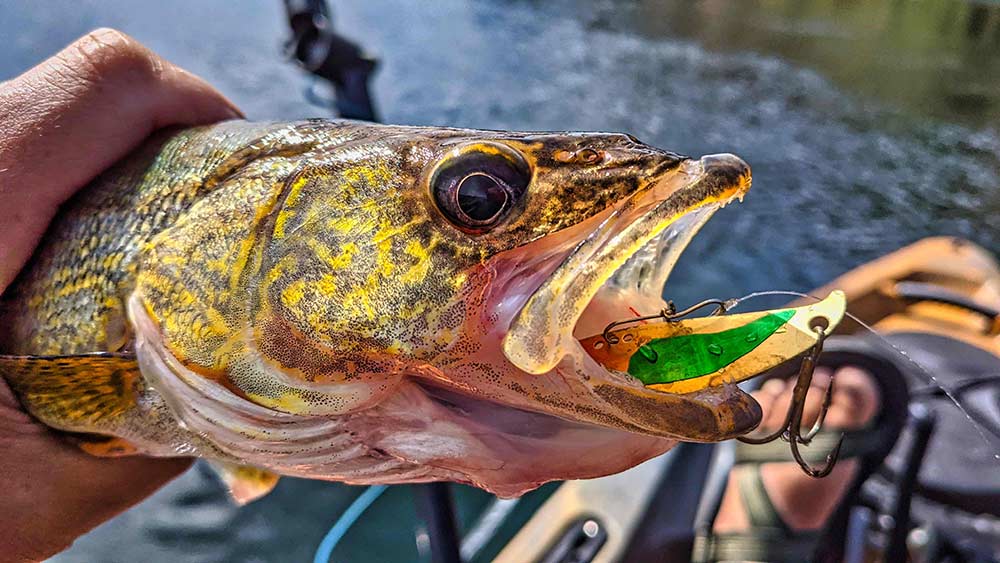
Jigging is particularly popular on Lake Roosevelt, Washington where anglers have identified areas with abundant Walleye. According to state fisheries biologists, Walleye are "under-utilized" on Lake Roosevelt and the state provides a generous 16 fish limit on that lake.
Two oz lead or tungsten jigs tipped with curly tail grubs or nightcrawlers lightly jigged off the bottom have filled many a cooler with Lake Roosevelt gold.
Heavy blade baits can be equally productive during the colder months.
Trolling for Deep Water Walleye
Trolling crankbaits offers the best opportunity to catch deep water Walleye, especially when fish are spread out, suspended, or if you are unfamiliar with spots to jig Walleye. It allows you to cover more water in less time, which is really key when you're new to a specific body of water..
No crankbait on the market will dive to more than 40' without some assistance. Two popular methods for delivering crankbaits into the depths are: snap weights and downriggers.
Snap Weight Trolling - The snap weight system has been adopted from Great Lakes planer board anglers where the dive depth of a crankbait with the addition of a 2 oz snap weight along with trolling apps allow anglers to calculate the approximate depth of their crankbait. Using this technique along with aggressively diving crankbaits such as the 4.5" Berkley Flicker Minnow, Bandit Walleye Deep, or Rapala Deep Tail Dancer allows anglers to easily target depths between 40-60'.
Downrigger Trolling - My personal favorite way to target deep water Walleye with crankbaits is to use them in conjunction with a downrigger. Downriggers allow you to be very precise with your depth control and bait position.
Using the same aforementioned cranks, I will let out 50-70' of line before clipping into the downrigger.
I then run the downrigger ball 15-20' above the bottom allowing the crankbaits to grind along and hunt for those bottom-hugging Walleye. The difficulty in this approach is keeping a sharp eye on the rod tip. The wiggle action on the rod tip is greatly subdued by the downrigger and depth and if it changes in any way you more than likely have fish on.
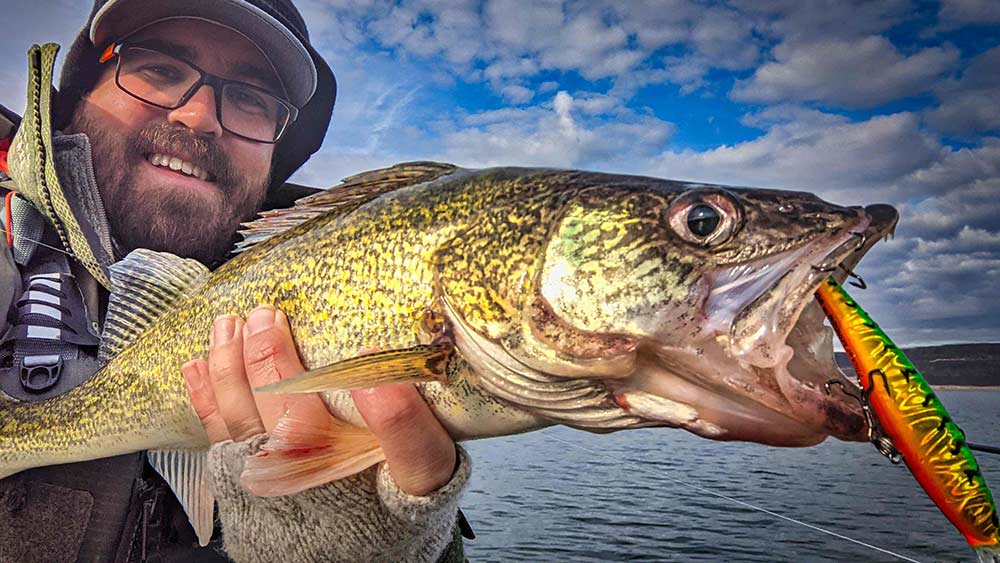
Barotrauma and the Ethics of Deep Water Walleye Fishing
There are numerous studies on the impacts of barotrauma on Walleye. Fish caught from depths greater than 30' are at risk of barotrauma and the risk of barotrauma increases with depth. In general, when pursuing deep water fish my intention is to harvest the fish I catch, if legal to do so.
Walleye regulations in the Pacific Northwest range widely from no limits and no minimum size to limits of 8 fish with imposed size regulations. However, if you do catch a large fish and wish to release it you can maximize post-release survival by minimizing the amount of time the fish spends on the surface (e.g. release quickly), release only during cold water seasons, and use a descending device.
Best Places to Find Walleye in the Northwest
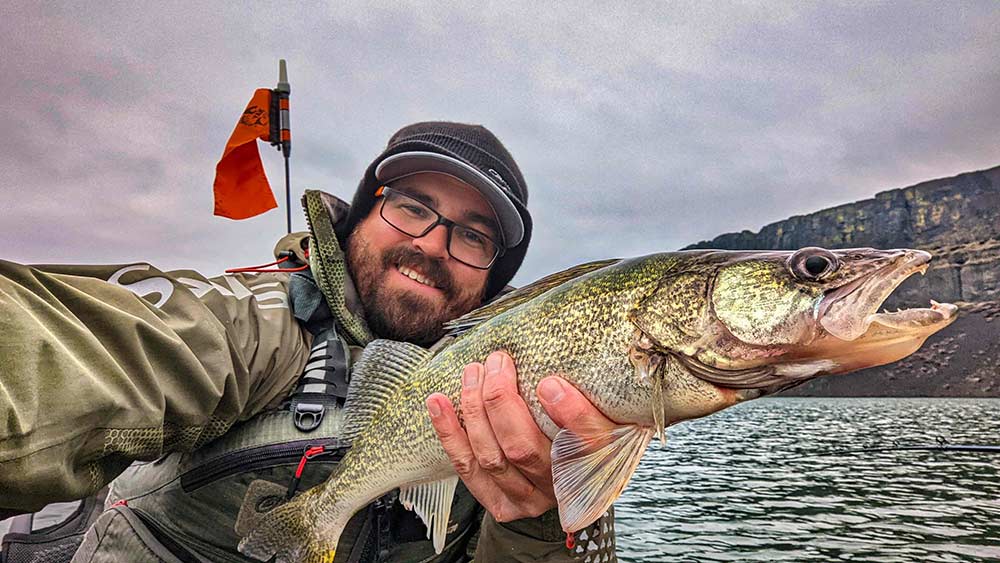
Columbia River - Umatilla, OR
The stretch of the Columbia River below McNary Dam down to Irrigon, Oregon is some of the most productive Walleye waters in the Pacific Northwest. Fish are present year-round but this stretch of river is known for producing some of the biggest Walleye in the region from late winter to early spring.
Jigging is the most popular method here but there are times during low flows that trolling is equally productive. During high flows look for fish to be holding near shore or behind structure that breaks the current and as flows decline fish will move to deeper water.
Lake Roosevelt - Washington
This massive body of water in northeast Washington was formed by the construction of the Grand Coulee dam. Walleye are distributed throughout the lake. However, the best Walleye fishing is found above the confluence of the Columbia and Spokane arms of the lake.
In the Spokane arm, you can target Walleye in deepwater holes in the historic river bends. In the mainstem of the lake, Walleye can be found holding on deepwater flats from Fort Spokane to Kettle Falls, WA.
Don't be afraid to fish extreme depths of 120' or more especially during the winter months. Perplexingly, but I've caught fish in 15' and 110' of water on the same day on this lake. You just never know with this lake.
Banks Lake - Washington
Fed by surface water pumped off of Lake Roosevelt, this deep lake runs colder than most lakes in the state but still manages to support a healthy population of Walleye.
I catch as many Walleye suspended here as I do off the bottom with the bulk of fish caught between 30' and 60'. At almost 27 miles long there is a lot of water to cover here. However, some of the more reliable areas include the flats associated with Barker Canyon and humps found near the airport and on the south end of the lake near Coulee City, WA.
Lake Pend Oreille - Idaho
Walleye have recently invaded this massive deep water lake in the panhandle of Idaho. These fish more than likely originate from the Clark Fork River which supports an expanding Walleye population.
Initially thought to be uncommon, Walleye became a more and more common bycatch in the state's netting efforts to reduce Mackinaw in the lake to benefit the lake's popular Kokanee and Gerard's Rainbow Trout fisheries.
Popular Walleye fishing areas on the lake include drop-offs and associated shelves at the mouth of the Clark Fork River, Trestle Creek, and the Pend Oreille River from the bridges at Sandpoint downstream for the next several miles.
Idaho Fish and Game have tagged a number of Walleye in the lake in an effort to understand Walleye movement in the lake. If you are lucky enough to catch one they are offering $1000 per tagged fish caught.
Potholes Reservoir - Washington
Located in central Washington, this popular Walleye fishery more closely resembles traditional Midwestern Walleye fisheries.
However, during the late fall and winter months, Walleye will commonly occupy depths of 40-50' off the "humps" on the north end of the lake. While bottom walkers and jigging are more popular here there is no reason to think crankbaits trolled with snap weights or downriggers wouldn't be as productive.
Locating Northwest Walleye
Good bathymetric maps with high-definition contours will go a long way in helping to identify potential Walleye target areas on all of the above lakes.
Fortunately, all of the lakes mentioned are mapped and available on Humminbird's LakeMaster Western States mapping cards, which I run in my HELIX fish finder.
Sonar and Side Imaging can aid in locating both suspended and fish feeding near the bottom. However, it's not uncommon for Northwest Walleye to hold so tight to the bottom as to render them nearly invisible on electronics.
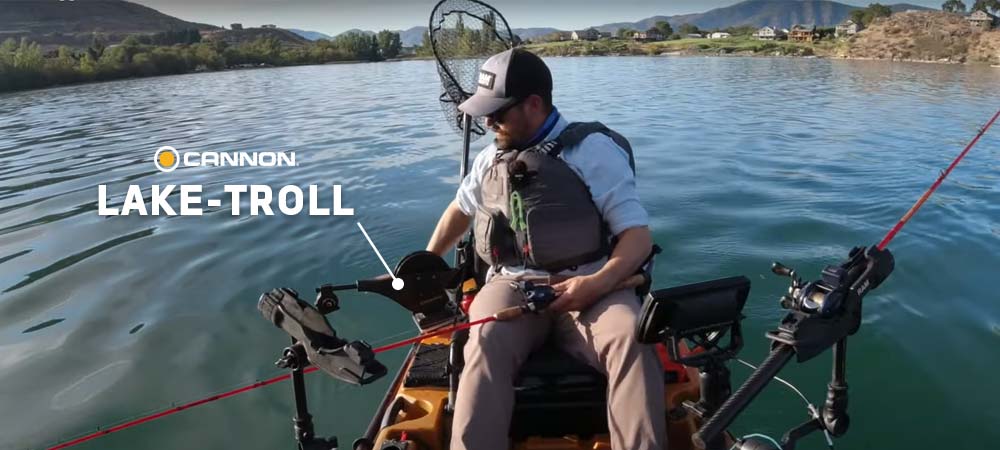
For those opting to use downriggers, 8 to 10 lb downriggers balls will cover most of the depths typically occupied by Walleye. Compact manual downriggers, such as the Cannon Lake-Troll, Easi-Troll, and Uni-Troll models work great for smaller boats, kayaks, or those on a budget.
Electric downriggers such as the Cannon Optimumâ„¢ or Magnum are better options for those on larger boats or for those who want the convenience of not having to wind up weights manually from 100' or more.
Either way, it is worth it to get your hands on some Northwest gold.






